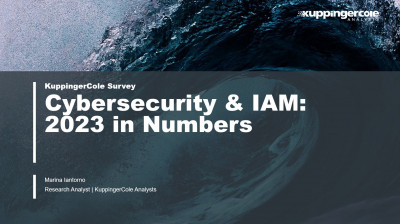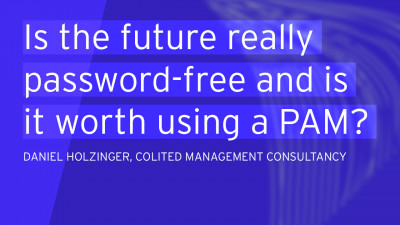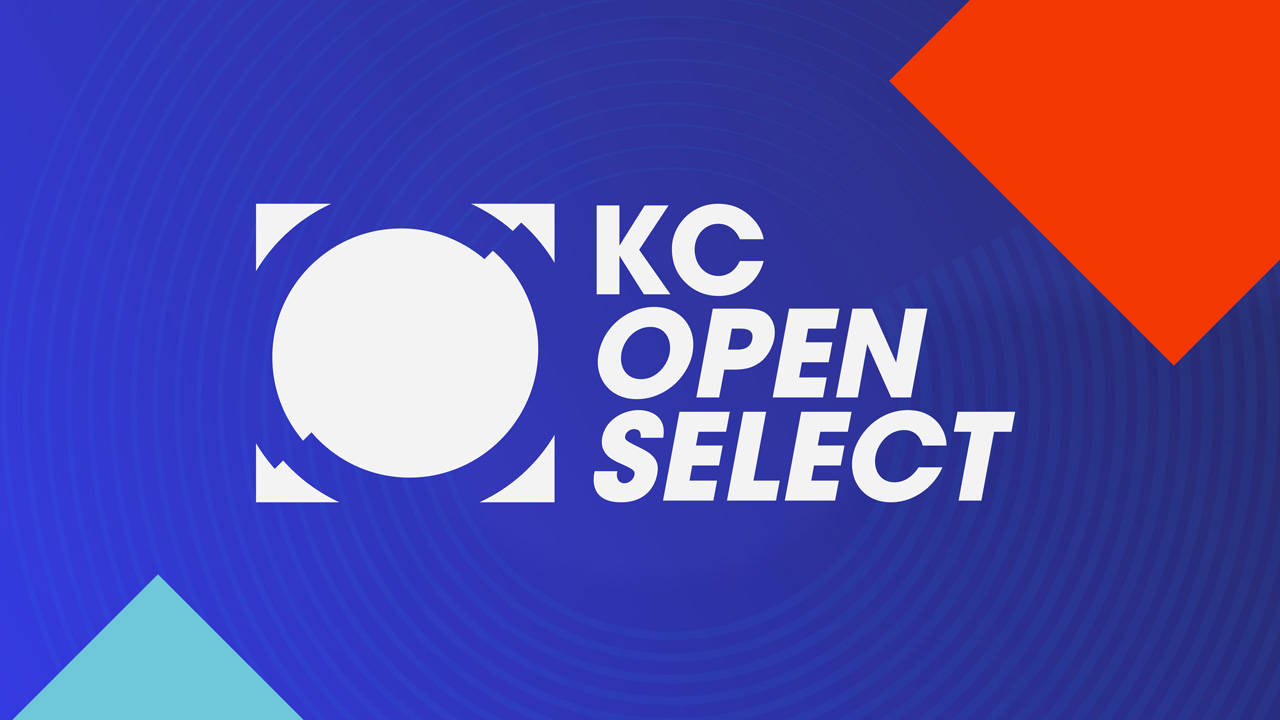Commissioned by PlainID
1 Introduction / Executive Summary
In the past, we have seen new requirements emerge in the IAM environment. As existing IAM solutions are not always sufficient to handle these requirements, new dedicated solutions have been developed. Examples include the classic IAM tool (B2E), IAM systems for privileged access (PAM), and customer-focused CIAM solutions (B2C).
Looking at the different identity types, it is reasonable to assume that new requirements arise from the type of identity, which in turn leads to the development of dedicated systems. Such a development is currently observed for partner identities (B2B). Partner identities were previously internalized and managed as employee identities. However, with increasing requirements, this is no longer possible.
For customer management, "Know Your Customer" (KYC) has been established to optimize relationships with customers. With the separation of partners and dedicated management, a similar development could be expected. Despite the parallel development, the two identity types are fundamentally different. The value of customers is measured by the sales revenue generated, which can be improved through information and marketing based on it. Partners pursue their own business goals, which also benefits the company. As a result, the focus is on partner enablement rather than the "Know your Partner" (KYP) approach. Derived from this, "Enable your Partner" (EYP) would be more appropriate.
The associated use cases for partners can be narrowed down to four central challenges in partner management. Three of the four use cases can be solved via "delegated administration". In this way, partners are given a demarcated area in which they are responsible for their own administration. The processes, services and applications are provided by the company via self-service.
PlainID's Partner Manager as a B2B Access Management solution structures the management of partners as an organization and as identities. It relies on shared responsibilities in the form of a centralized and a delegated admin console. In this way, the company can manage its partners centrally, while partners can manage themselves within the delegated admin console. As a result, a win-win situation can be created from which both sides benefit.
















































